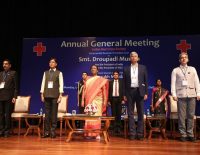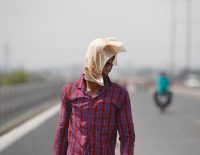CDSCO approves ‘Palivizumab’, a long-awaited preventive therapy for Respiratory Syncytial Virus

AstraZeneca Pharma India on Saturday announced the marketing approval from Central Drugs Standard Control Organisation (CDSCO) to import and market ‘Palivizumab’ injection 100 mg/ml (r-DNA origin) (50mg/0.5mL & 100 mg/mL presentations in single-dose vials administered through intramuscular route) in India.
RSV in children is a ‘major’ public health challenge faced across the globe today and is the second most common cause of death in children under 1 year of age (second only to malaria2). WHO estimates that RSV accounts for >60% of acute respiratory infections in children and >80% in infants <1 year old3. The disease is responsible for nearly 50% of pneumonia cases and up to 90% of bronchiolitis cases among infants4. In India, RSV is the most common cause of hospitalisation in children <1 years old5.
This innovative therapy is indicated for prevention of serious lower respiratory tract disease requiring hospitalisation caused by RSV in children at high risk for RSV disease.
Dr. Sanjeev Panchal, Country President and Managing Director, AstraZeneca India, said: “We are focused on bringing innovative therapies where we believe we can make the most meaningful difference to patients in India. Currently, there is neither a vaccine nor a targeted treatment1 for RSV in India. Palivizumab however, is the only preventive therapy now approved in India that can help. This regulatory approval reflects country’s commitment towards enhancing RSV care for infants and saving lives. We are happy to be able to bring this therapy in the country and contribute in safeguarding at-risk children through our unwavering science that has the power to transform patient outcomes. We remain committed not only to providing access to existing management options but also to advancing RSV care and management through prevention, diagnosis, and treatment”.








Comments